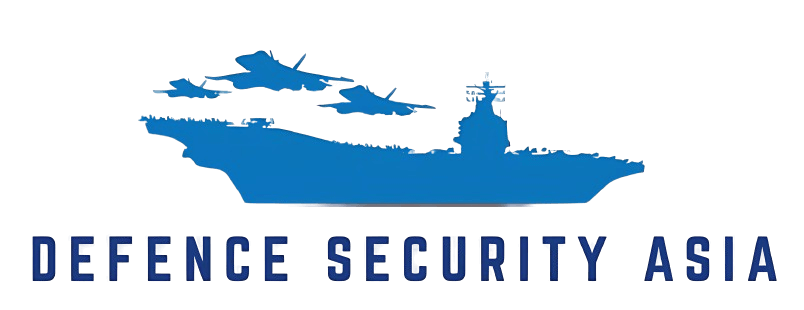The Difference Between An Island And A Rock, According To UNCLOS
The distinction between islands and rocks is relevant for territorial disputes between countries and for determining the rights and responsibilities of coastal states and other states using the surrounding waters for navigation, fishing, and other activities.

𝐃𝐨 𝐲𝐨𝐮 𝐤𝐧𝐨𝐰 𝐭𝐡𝐞 𝐝𝐢𝐟𝐟𝐞𝐫𝐞𝐧𝐜𝐞 𝐛𝐞𝐭𝐰𝐞𝐞𝐧 𝐚𝐧 𝐢𝐬𝐥𝐚𝐧𝐝 𝐚𝐧𝐝 𝐚 𝐫𝐨𝐜𝐤, 𝐚𝐜𝐜𝐨𝐫𝐝𝐢𝐧𝐠 𝐭𝐨 𝐔𝐍𝐂𝐋𝐎𝐒?
Under the United Nations Convention on the Law of the Sea (UNCLOS), the distinction between islands and rocks is based on their ability to sustain human habitation or economic life.
Islands are defined as naturally formed areas of land surrounded by water that can support economic activity or human habitation.

In contrast, rocks are land features surrounded by water that cannot support human habitation or economic activity.
The distinction is important because it affects the maritime entitlements of the land feature and surrounding waters, including territorial seas, exclusive economic zones, and continental shelves. Islands are entitled to the full range of maritime zones, while rocks are only entitled to a territorial sea up to 12 nautical miles.

The distinction between islands and rocks is relevant for territorial disputes between countries and for determining the rights and responsibilities of coastal states and other states using the surrounding waters for navigation, fishing, and other activities.
— credit: Facebook Page of National Hydrographic Centre

CLICK HERE TO DOWNLOAD DEFENCE SECURITY ASIA APPS
To advertise can contact admin at: haikalhamas73@gmail.com


Comments are closed.